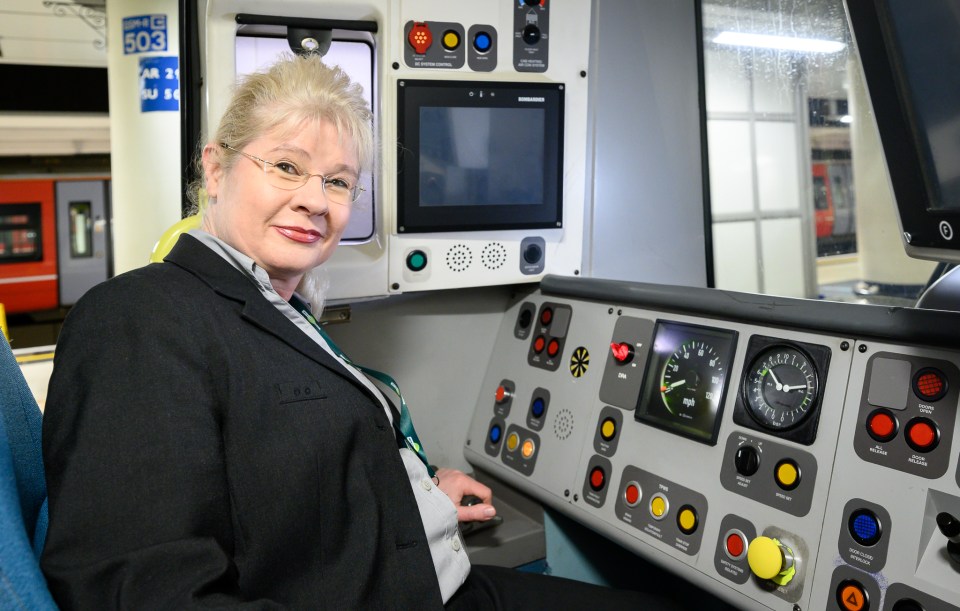THERE are many reasons people take time out from their careers – but getting back into the jobs market after an extended time away can prove tricky.
Around 1.5million women and 200,000 men are currently on a career break, according to ONS figures, and helping more of them return to employment could boost the economy by an estimated £1.7billion a year.
With skills shortages costing the nation between £30billion and £39billion every year, hiring staff with previous work experience often means they will need less training and be able to contribute more quickly.
Julianne Miles is co-founder of specialist recruitment platform CareerReturners.com.
She explains: “Targeting career returners is good business sense. Returning workers are a largely hidden, highly skilled and experienced talent pool but they bring maturity, commitment and powerful diversity of thought, experience and age.”
To make the most of all that career returners have to offer, industry body the Recruitment and Employment Confederation (REC) has teamed up with Career Returners.com for a new campaign to encourage bosses to hire more back-to-work staff.
Neil Carberry, REC chief executive, said: “With the large baby- boom generation now retiring, our domestic labour force will shrink.
“Employers need to look at career returners and their different needs as a key source of viable candidates. There is no such thing as taking a chance on a returner, because there is a wealth of experience available.”
Here are eight ways to help your firm hire career returners . . .
1. Learn about returners: Challenge your stereotypes. Talk to people in your networks who are on career breaks, maybe to care for children or the elderly, or for health or relocation reasons.
2. Understand the business case: Educate yourself on the many reasons for hiring returners.
3. Reduce advertising bias: Make sure job ads ask for “current/up-to-date knowledge” or “recent experience” only if it is absolutely essential. Better may be to ask for just relevant skills. Include a line like, “We welcome applications from candidates who have taken a career break”.
4. Remove screening bias: Check that your application process is not ruling out candidates just because of a CV gap.
5. Reduce interview bias: Adapt questions to not ask for “recent work examples”. Focus on skills rather than knowledge.
6. Support returner candidates: Provide them with information on the interview methods.
7. Advocate: Support, including training, mentoring, returner networks and career returners coaching, can help returners to rebuild confidence and more rapidly reintegrate.
8. Champion returner success stories: Break the bias using real-life examples of successful returner hires.
Find out more at careerreturners.com and rec.uk.com.
LEIGH SANTAMARIA left her career as a legal PA to care for her daughter with learning disabilities, spending ten years out of the workforce.
After seeking out recruitment platform Career Returners, she is now a train driver with Southern Rail.
Leigh, 53, from Longfield, Kent, said: “Coming back to work after a ten-year break was a huge change, because I’d been out of the loop for so long.
“However, the support I received through the Returners programme was invaluable.
“My manager was very supportive, and we had regular check-in sessions to see how I was progressing. I was also able to balance my studying and caring thanks to my mum.
“I was thrilled when I passed my final assessment and got my driver’s key at the end of 2024, because all my hard work had finally paid off.
“Now I’m grateful to be in a rewarding career and I can give my daughter the life she deserves.”
Fast learners
FORMULA 1 engineers and other motorsport professionals are to be drafted in to teach in further education colleges.
Race giant McLaren and the Department for Education are running a Skills Drive competition inviting industry experts to apply for roles.
Shortlisted candidates will contest in a final at McLaren’s Surrey HQ.
Skills Minister Jacqui Smith said: “FE teaching offers experienced professionals a chance to shift gear and inspire the future workforce.”
McLaren boss Michael Leiters added: “We are committed to building a pipeline of talent and work extensively with FE colleges.”
Apply by February 25 at teachinfurthereducation. education.gov.uk/skillsdrive
Don’t balk at talks
WHETHER it is an argument with a colleague or hard chat with a boss, communication at work can be tough.
People-management coach Vince Sanderson has worked with top managers, to young offenders, and believes putting others first can help.
He said: “Tough talks at work can be daunting, but with the right approach they don’t have to be a disaster.”
Here he shares his C.A.L.M.E.R. method . . .
C = CONNECTION: Build trust before a tough talk. If colleagues trust you, they’ll be open to honest discussions. Instead of asking yourself, “How do I have this difficult conversation?”, ask, “How do I create a culture where tough topics can be tackled openly?”
A = ATTUNEMENT: Read the room. Words matter but so do body language and tone. If others seem anxious, soften your tone. If they’re frustrated, keep your body language open and steady. People don’t just hear words, they feel them.
L = LISTEN TO UNDERSTAND, NOT JUST RESPOND: Show you get others’ perspectives. This means asking curious questions instead of jumping to conclusions, reflecting back their words to show you’ve understood, and resisting the urge to interrupt – even when you think you know the answer.
M = MIND YOUR SIGNALS: In tough talks, emotions run high. A small frown of concentration could be read as judgment, a sigh could signal frustration. So, be mindful. The calmer you look, the calmer others will feel.
E = EMPATHY BEFORE ANALYSIS: Before jumping to solutions, acknowledge how others feel. If a team member is worried about a decision that affects them, don’t hit them with cold logic straight away. Saying, “I can see why this is frustrating”, before moving on to next steps makes them far more likely to accept the outcome – even if they disagree with it.
R = REALIGN TOWARDS A SHARED GOAL: Difficult conversations often happen because of different perspectives. The goal? Realignment. Frame the conversation as problem-solving together. The message should be: “We’re in this together – let’s find a way.”
Jobspot
EASYJET is offering places on its Engineering Technical Support Apprenticeship scheme, covering supply chain, base maintenance and engineering. Apply at careers.easyjet.com/en
DELIVERY giant DHL SUPPLY CHAIN has 18 apprenticeship vacancies ranging from Level 3 to Degree Level 6. Find out more at careers.dhl.com/global/en/dsc-apprentices-uk
Sky is the limit
TRAINING to be a pilot can cost over £100,000 but now you can do it for free with British Airways.
Applications are open for the airline’s fully funded Speedbird Pilot Academy cadet scheme.
BA has invested £21million to fund up to 200 places, and successful trainees will be offered co-pilot jobs helping to navigate and operate the plane.
Cadet Jasmine Campbell, from York, said: “Becoming a professional pilot was a childhood dream, only made possible by the support I’ve received.
“The people, facilities and training are second to none. The skills will serve me well beyond my training and into my future career.”




